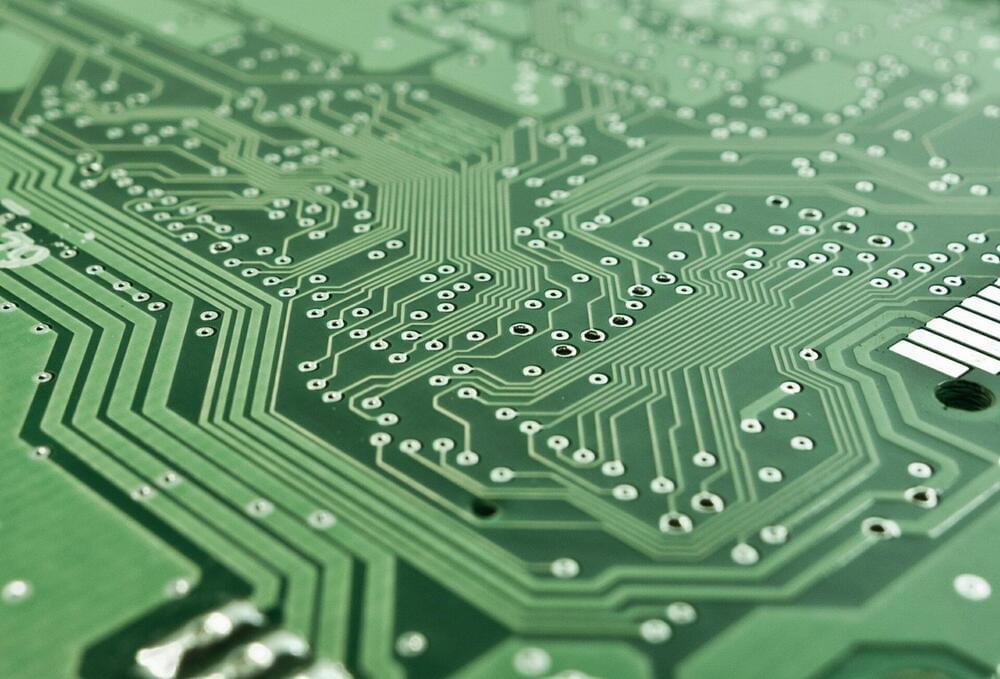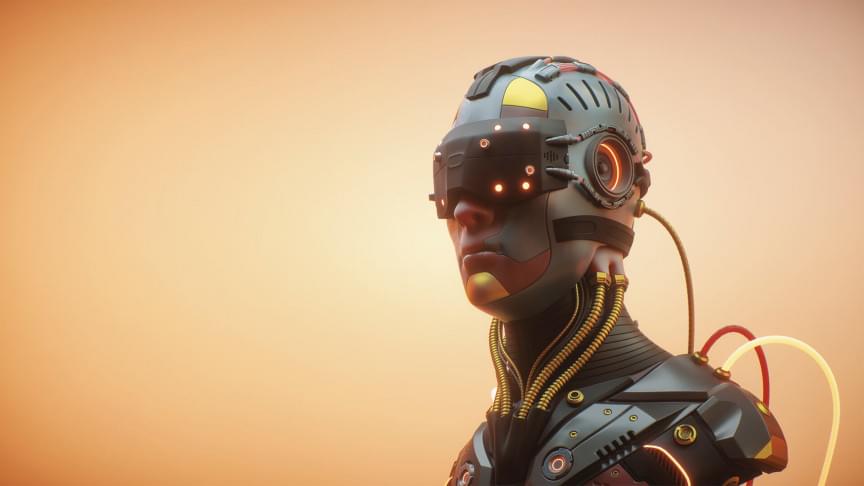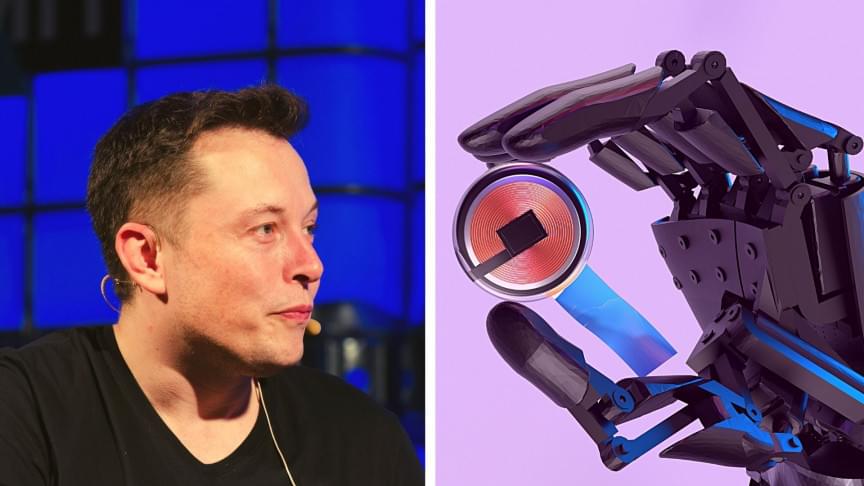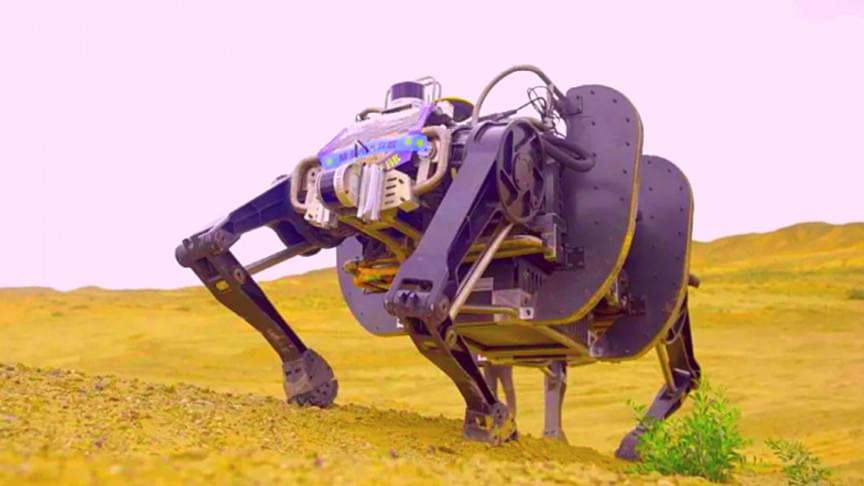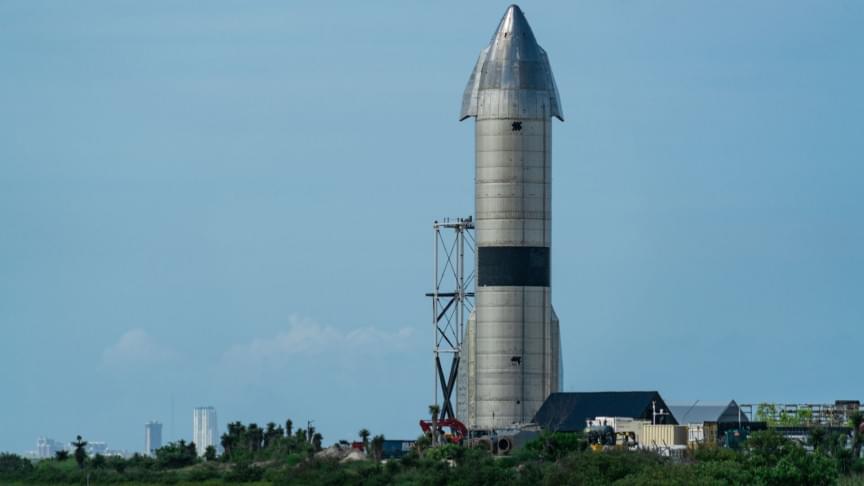Computers play an important role in many aspects of life today. Digital computers are the most widely used, while quantum computers are well known. However, the least known computers are the so-called Stochastic Pulse Computers. Their work is based on highly parallel logical operations between trains of electrical pulses, where the pulses occur at random times, as in neurons, the nerve cells in the brains of humans and mammals.
Good telescope that I’ve used to learn the basics: https://amzn.to/35r1jAk.
Get a Wonderful Person shirt: https://teespring.com/stores/whatdamath.
Alternatively, PayPal donations can be sent here: http://paypal.me/whatdamath.
Hello and welcome! My name is Anton and in this video, we will talk about the smallest antenna ever made — built from DNA
Links:
https://nouvelles.umontreal.ca/en/article/2022/01/10/chemist…t-antenna/
https://www.nature.com/articles/s41592-021-01355-5
Support this channel on Patreon to help me make this a full time job:
https://www.patreon.com/whatdamath.
Bitcoin/Ethereum to spare? Donate them here to help this channel grow!
The Earth Biogenome Project, a global consortium that aims to sequence the genomes of all complex life on Earth (some 1.8 million described species) in 10 years, is ramping up.
The project’s origins, aims, and progress are detailed in two multi-authored papers published this week. Once complete, it will forever change the way biological research is done.
Specifically, researchers will no longer be limited to a few “model species” and will be able to mine the DNA sequence database of any organism that shows interesting characteristics. This new information will help us understand how complex life evolved, how it functions, and how biodiversity can be protected.
Say goodbye to that buffering wheel.
The next generation of Wi-Fi is just around the corner.
Taiwan-based semiconductor firm MediaTek successfully conducted the first-ever live demo for Wi-Fi 7 technology, according to a report from DigitalTrends. The company also stated that it expects Wi-Fi 7 products to become available next year in anticipation of the launch of the next-gen Wi-Fi sometime around 2024.
In a press statement, the company said it showed off the “super-fast speeds and low latency transmission” of its Wi-Fi 7 Filogic technology to “key customers and industry collaborators.” Wi-Fi 7, as shown in MediaTek’s demo, will deliver 2.4 times more speed than Wi-Fi 6, even using the same number of antennas.
This, according to the Wi-Fi Alliance, means that Wi-Fi 7 could provide speeds of more than 30 gigabits per second (Gbps) and close to 40Gbps. As ArsTechnica points out, the still relatively new Wi-Fi 6 reaches speeds of up to 9.6Gbps.
They are.
The cyborgs are upon us. Turns out, they’re more ‘enhanced reality’ and less ‘science fiction.’
In 1998, Professor of Cybernetics Kevin Warwick had a chip implanted in his body that would open electronic doors and turn on lights as he passed. In 2002, he had a 100 electrode array wired into the nervous system of his arm to allow him to remotely control an artificial hand. Today, he’s working on using animal brain cells as a control system for robots.
Performance artist Stelios Arcadiou (whose has changed his name to Stelarc) has spent 10 years growing an artificially-created ear that is surgically attached to his left arm. In 2009, Jerry Jalava, a Finnish computer engineer who lost part of a finger in a motorcycle accident, turned his prosthetic finger into a USB drive. Colorblind artist Neil Harbisson has an antenna that helps him to ‘hear’ colors. Avant-garde artist Moon Ribas had seismic sensors implanted in her feet that detect the vibrations caused by earthquakes, and records the data online. She then transforms that data into dance.
Full Story:
Elon Musk’s Neuralink, the company that purports to implant computer chips in human brains, just took a critical step toward actually following through.
The brain implant firm is officially hiring a clinical trial director, which means Musk’s futuristic firm is finally ready, at least on its own terms, to give next-gen brain-computer interfaces (BCIs) a try.
Of course, it’s hard to imagine being the one for whom the buck stops should anything go monstrously wrong during trials. But on the other hand, if it works, this could be the beginning of a new age of sense re-immersion for countless victims of neurological disorders, brain damage, paralysis, and more.
After only 23 minutes, he could even pee again!
Researchers at the University of Alabama at Birmingham transplanted kidneys derived from genetically modified pigs into a brain-dead person last year as part of human preclinical trials, Science Daily reported.
Organ transplant from another species recently made big news, a heart from a genetically modified pig was transplanted into a human whose heart condition left with no other option. While the transplant was authorized under compassionate grounds by the U.S. Food and Drug Administration, the idea is catching up with the provider of the organ, Revivicor, already having completed two such trials in dead patients.
As Science Daily explains, genetically modified kidneys have been extensively tested in non-human primate recipients but testing them in humans before clinical trials can also provide important information about the safety and efficacy of the transplanted organs.
Full Story:
And it looks like a big yak.
China’s state media, the Global Times, claims the country has developed the world’s largest electric-powered quadruped bionic robot. And to be honest, that thing looks just like a yak.
Bizarre appearances aside, this comes as the latest in China’s push to become a global leader in robotics by 2025. And also, of course, in military tech.… See more.
China claims that it has developed the largest electric-powered quadruped robot in the world! And the nation is rapidly approaching its 2025 goal.
In another example of space technology coming down to Earth.
One of the big arguments in favor of investing in space technologies is that the same technology is often used to benefit citizens down here on Earth.
In a new example of an Earth-focused application of space technology, SpaceX has won a U.S. Air Force contract worth over $102 million to help deliver humanitarian aid using heavy rockets, according to a report from SpaceNews.
The contract, part of the U.S. Air Force’s $47.9 million Rocket Cargo program, is aimed at developing rocket cargo solutions that can deliver aid as well as military cargo. Neither the U.S Air Force nor SpaceX has so far provided any information regarding which specific rockets will be used for the program. However, Greg Spanjers, rocket cargo program manager, told SpaceNews that the Department of Defense (DoD) wants to develop the capability to quickly deliver humanitarian aid anywhere in the world using specially adapted launch vehicles.
Full Story:
